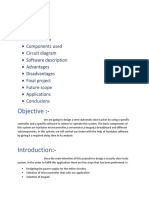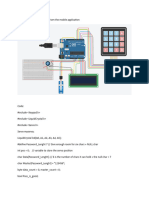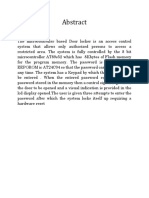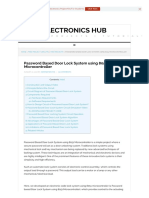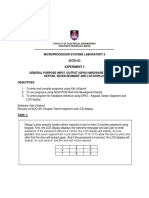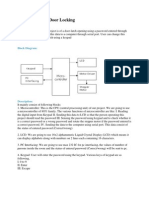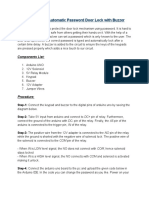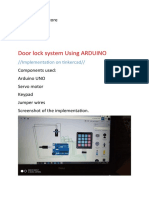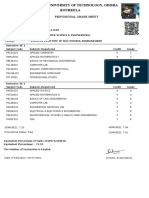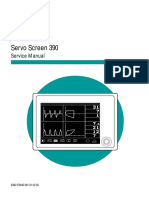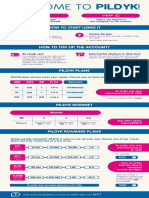0% found this document useful (0 votes)
7 views8 pagesInterface Word
The document outlines a project to interface a keypad and a servo motor to create a password-protected door lock system using an ESP32 board. It details the required apparatus, step-by-step procedure for setting up the simulation in Wokwi, and includes the program code for functionality. The result confirms the successful simulation of the system, which responds to correct and incorrect password entries.
Uploaded by
ssherinshobanaCopyright
© © All Rights Reserved
We take content rights seriously. If you suspect this is your content, claim it here.
Available Formats
Download as DOCX, PDF, TXT or read online on Scribd
0% found this document useful (0 votes)
7 views8 pagesInterface Word
The document outlines a project to interface a keypad and a servo motor to create a password-protected door lock system using an ESP32 board. It details the required apparatus, step-by-step procedure for setting up the simulation in Wokwi, and includes the program code for functionality. The result confirms the successful simulation of the system, which responds to correct and incorrect password entries.
Uploaded by
ssherinshobanaCopyright
© © All Rights Reserved
We take content rights seriously. If you suspect this is your content, claim it here.
Available Formats
Download as DOCX, PDF, TXT or read online on Scribd
/ 8










